IF EVERYTHING GOES RIGHT, David Joseph and his wife will stave off frostbite, deter any predators, and enjoy an evening together in one of the most inhospitable places in North America. If things go wrong? Well, the less said about that, the better. That’s the basic plot of Joseph’s YouTube video titled “–29C Winter Camping in the Warmest Hot Tent on Earth,” which is part of an ongoing series about intentionally difficult adventures that he’s devised for himself, most of which rack up hundreds of thousands of views.
The burly 42-year-old Canadian lives north of the 60th parallel—among the freezing pines of the Northwest Territories—so, in this particular video, his canvas shelter is propped up on a remote island on the Great Slave Lake. Tune in along with 2.9 million other viewers (and counting!) to see him spark a fire with his bare hands, stoke a portly kettle stove, and stack a pile of freshly cut logs to prepare for the unforgiving snowy night ahead.
As Joseph sees it, his videos offer an extreme and often educational form of escapism—the, er, polar opposite of sitting comfortably on your couch or in a cubicle. “We want to transplant ourselves from our reality,” he tells Men’s Health, explaining why he thinks he’s gone viral. “There’s a visceral desire for this type of content. That’s why these videos explode.”
Joseph’s YouTube channel, called UpNorthOf60, has more than 380,000 subscribers and is just one example of the Survival YouTube trend of outdoor adventurers (yes, typically men) who film themselves pushing the limits of human subsistence. Some Survival YouTubers have become the biggest stars on the platform. Take Matt Field—a stocky Australian with 1.3 million subscribers to his channel, Field Days—who can often be found filming on rocky coastlines with no food or water and only a knife in his possession. Or Ryley Kusk, whose channel, Kusk Bushcraft, has 426,000 subscribers—and has attracted millions more as his hardships go viral. In his most successful video, Kusk decamps to the Albertan outback, builds a makeshift shelter out of dead tree branches, and boils a grim dinner of rice and dehydrated vegetables on an open fire. More than 15 million people have watched him attempt to stay alive.
One of the quirks of the social-media era is the way the algorithm audits our latent desires, and on YouTube, the machines have determined that the public wants to see people on the brink of the earth, fending off starvation, dehydration, whiteout blizzards, and torrential thunderstorms. Okay, but why?
This content is imported from youTube. You may be able to find the same content in another format, or you may be able to find more information, at their web site.
Part of the reason may be instinctual. “If you think about how the world has changed over the last 10,000 years, we’ve all gotten a lot more comfortable,” says Michael Easter, author of The Comfort Crisis, which extols the virtues of primal camping as one aspect of a healthy lifestyle. “We evolved to do the next most comfortable thing, and that can start to backfire. You can live today without walking 1,000 steps in a day. You don’t have to work for your food.”
At the same time, there are some undeniable benefits to removing yourself, at least for a little while, from the facilities of civilization. Study after study shows that spending time outdoors regularly can dramatically improve your mental and physical health. Then there’s the sense of perspective. “People have always gone out into the wilderness alone to try to get to the bottom of themselves,” Easter says. It may be a poor substitute for the real thing, but Survival YouTube offers us the chance to experience such odysseys vicariously—without the associated pain and suffering.
For example, Xander Budnick, a lithe 33-year-old from the small town of Carlisle, Ontario, runs the same-named Xander Budnick channel, boasting more than 560,000 subscribers. His most popular video documents a three-day trip into a remote forest in the middle of winter without a tent, matches, or really much of anything beyond a sleeping bag and a small parcel of fatback bacon. You can watch as Budnick peels off the molting bark from the leafless trees to use as bonfire fuel. He sets his camera a few inches away from his face as dusk falls in order to capture a long, fitful night of sleep disrupted by wet splats of snow. The video has 24 million views.
Budnick’s journey rarely looks fun, which is exactly why he thinks people keep tuning in. “The best times to film are the worst times to film. When things have gotten difficult, and it’s downpouring, and you have to get the food in before the bugs come out—that’s when you want the camera rolling, because those are the most interesting moments,” he says. “Exercising that muscle is what helped my channel grow. I’m able to capture those moments.”
This content is imported from youTube. You may be able to find the same content in another format, or you may be able to find more information, at their web site.
Scroll through Budnick’s channel and you’ll find a catalog of thumbnails and captions all advertising these increasingly treacherous encounters with danger. The titles include “Solo Camping Overnight on Snake Island” (1.9 million views) and “Three Days Solo Survival with No Food and Basic Gear” (3.9 million views). Uploads of Budnick enjoying the outdoors in more traditional ways do not perform as well. Several about whitewater canoeing and camping have audiences that peak around 60,000.
Joe Gagliese, co-CEO of the influencer marketing agency Viral Nation, points out that such tame content is almost doomed to fail. “You’re trying to get people to click on the video quickly,” he says about most content creators. “The more people who click it quicker and watch it faster than other content, the more the algorithm picks it up as a trending video.” And that certainly pays off. While none of the YouTubers I interviewed disclosed exactly what they were making from their channels, Social Blade, a social-media-analytics web service that estimates the advertising revenue, suggests Budnick’s channel could be earning him as much as $10,000 per month. If Survival YouTubers learn to feed the machine in just the right way, a six-figure income certainly seems attainable.
The thing is, Budnick really loves canoeing, so he tries to keep posting about it despite the algorithms. “My fear is burnout. I want to do this for as long as possible, and I think my biggest enemy is if I allow myself to get swayed to push myself too hard and don’t feel like creating content anymore. Then it’s over,” he says.
Joseph has had his own issues with keeping up with demand. From the fall of 2020 to the beginning of 2021, his entirely self-run channel exploded, receiving more than 80 million views. He does not remember that boom period with much joy—or at least the joy was overshadowed by a more manic sensation. “It was like, ‘Oh, shit, I’m in the algorithm. I have one shot. This is my shot,’” he says.
He held on to his day job but pushed hard to capitalize on the momentum by making three, sometimes four videos a week. “I’d go over to the tent at six in the morning; it didn’t matter what the weather conditions were as long as I had my GPS and my survival gear,” he says. Joseph would film all day, snowmobile home, and then edit the footage deep into the night to sustain the traction of his channel. At the apex of his hustle, that meant pulling 20-hour workdays.
“We live in these high-demand, high-information ecosystems, and I think there’s something incredibly satisfying about focusing more on the survival priorities of life,” he says. “But then I found myself in that same environment with my camera and trying to get shots. I was blending the technology into what I was previously using to relax. After a few months, I realized I needed to pull back and get back to the whole purpose of why we were doing this in the first place.”
Turns out you don’t need to conquer the outdoors in order to experience its glory, just as you don’t need to get everything on camera to consecrate the journey. Just ask the man who’s arguably suffered the most for our entertainment. “It’s great that people want to push themselves, but adventure truly is a state of mind,” says Bear Grylls, during a recent interview set up so he could share more about his very practical partnership with the Make-A-Wish Foundation and Duracell. “It’s how we approach everyday life, our work, our relationships. We all have our Everests. You don’t have to climb the highest mountain in the world to have an incredible adventure. It’s on your doorstep. It’s not about being pushed all the time; it’s about soaking life up and enjoying it.”
As Great Slave Lake froze over this winter, Joseph planned to be back outside, keeping warm through the bitterness in his glowing tent. But more often than not, he says, he will leave the camera at home. “It’s shoveling snow, chopping wood, and adding more fuel to the fire. From how many different angles can you share the same story?” he says.
He’s realized viral success isn’t worth diminishing the fundamental pleasures of being outside. Rather than document his survival, he’s decided to enjoy it.


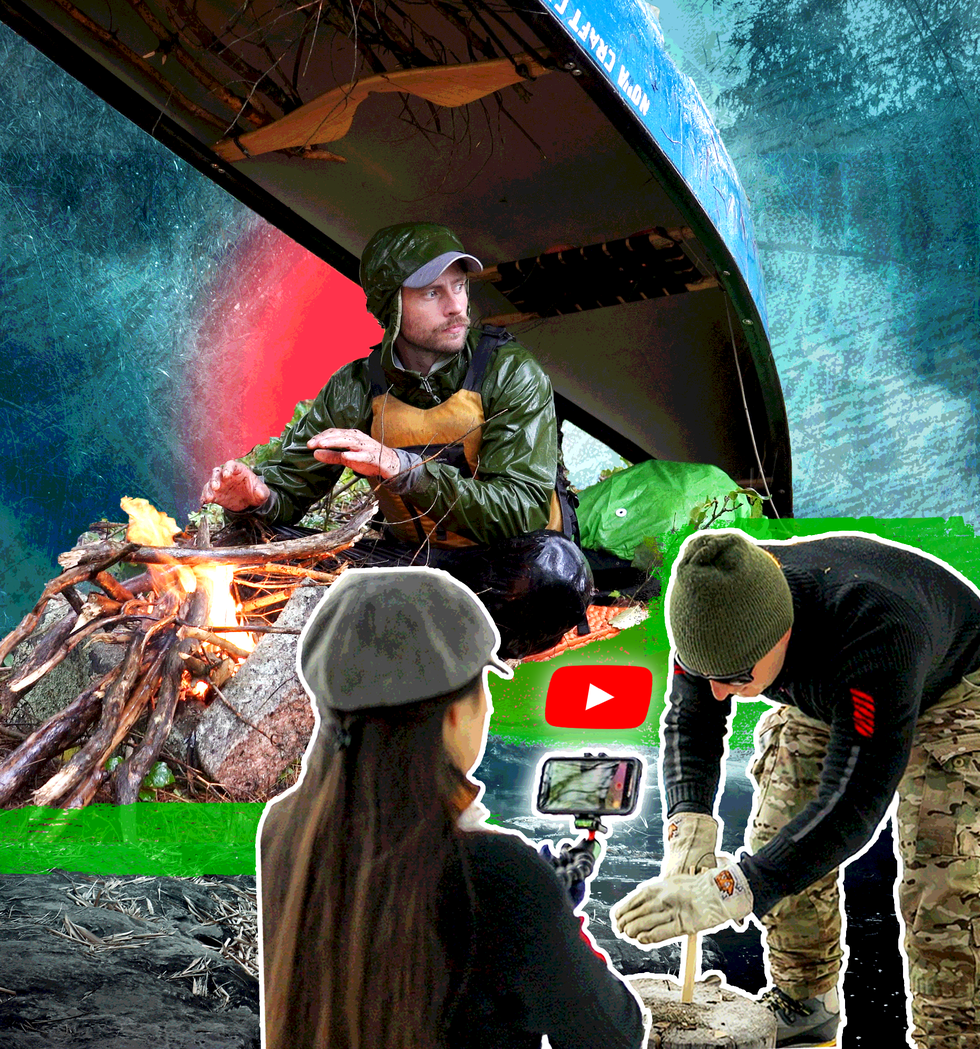
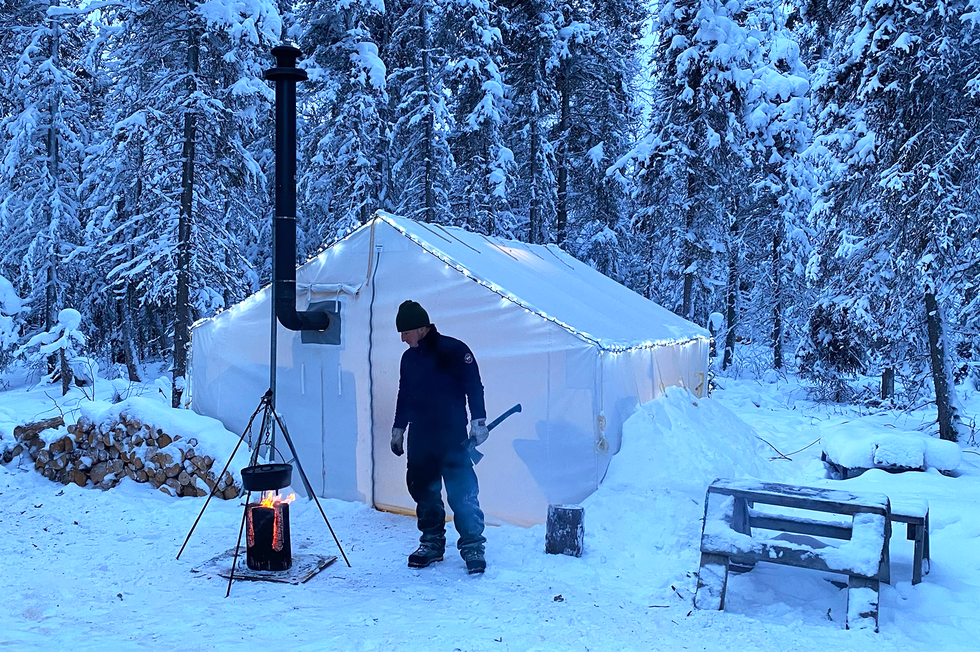
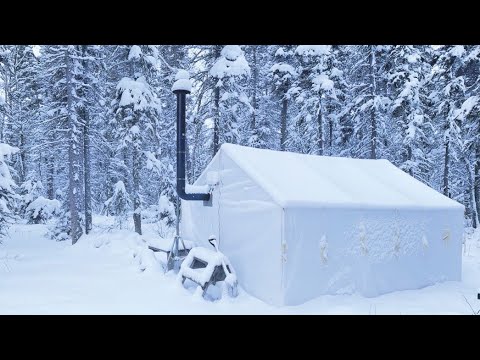
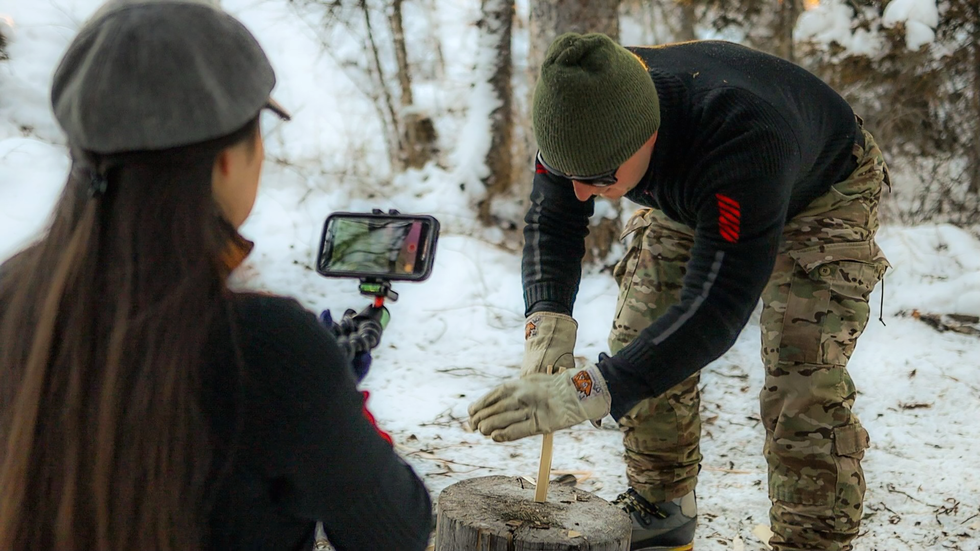

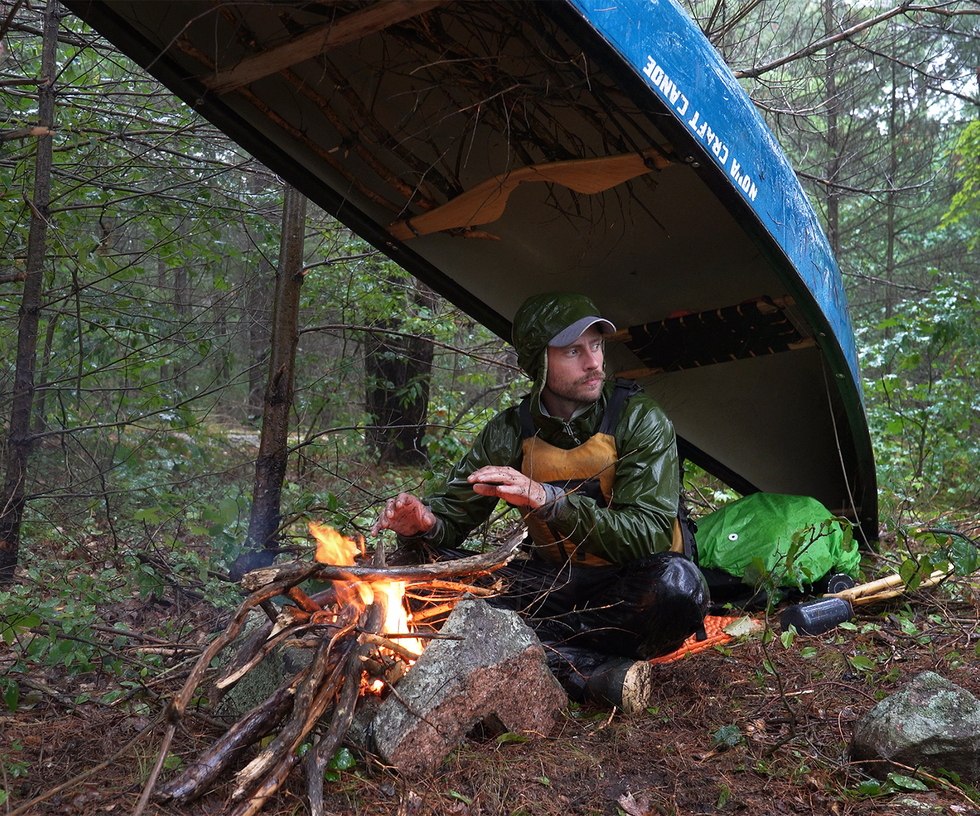
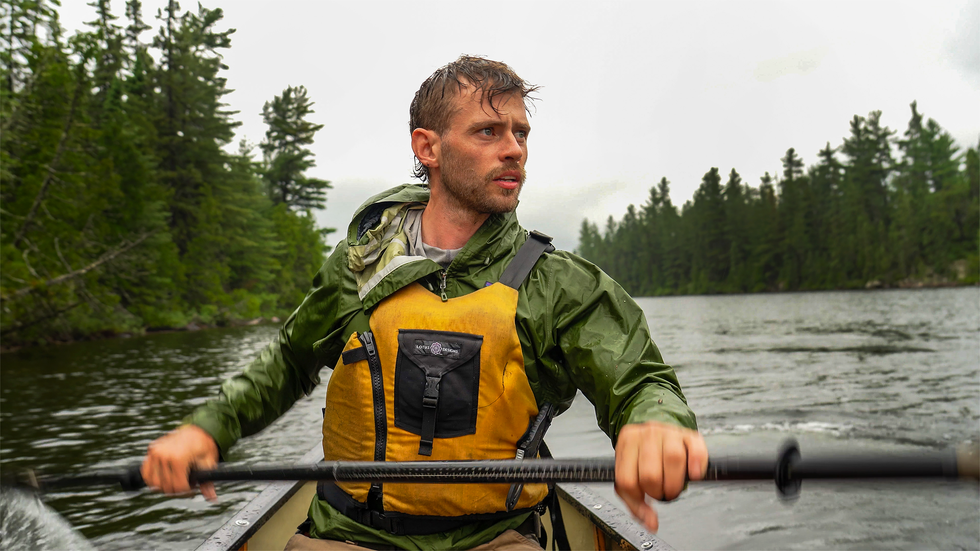
Comments are closed.